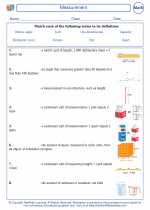Key Concepts in Meteorology
1. Atmospheric Layers
The Earth's atmosphere is divided into layers: the troposphere, stratosphere, mesosphere, thermosphere, and exosphere. Each layer has its own unique characteristics and plays a role in the Earth's weather patterns.
2. Weather Elements
Weather is influenced by several key elements, including temperature, air pressure, humidity, wind speed and direction, and precipitation. Understanding how these elements interact is essential for predicting and understanding weather phenomena.
3. Weather Instruments
Meteorologists use various instruments to measure and track weather conditions. Some common instruments include thermometers for measuring temperature, barometers for measuring air pressure, hygrometers for measuring humidity, anemometers for measuring wind speed, and rain gauges for measuring precipitation.
4. Weather Patterns
Weather patterns are the recurring atmospheric conditions that we experience in a particular region. These patterns can be influenced by factors such as air masses, fronts, and the rotation of the Earth.
5. Climate and Climate Change
Climate refers to the long-term patterns and averages of weather in a particular region. Climate change is the long-term alteration of temperature and typical weather patterns in a place. Understanding climate and climate change is crucial for understanding the broader impact of meteorology on our planet.
Study Tips
- Make use of visual aids such as diagrams and charts to understand the relationships between different weather elements.
- Practice using weather instruments and interpreting the data they provide.
- Study local weather patterns and compare them to global patterns to understand the broader impact of meteorology.
- Stay updated with current events related to weather and climate change to see how meteorology is applied in the real world.
[Meteorology] Related Worksheets and Study Guides:
.◂Math Worksheets and Study Guides Fourth Grade. Measurement

 Activity Lesson
Activity Lesson
 Activity Lesson
Activity Lesson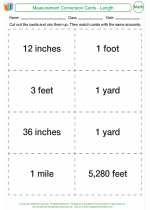
 Activity Lesson
Activity Lesson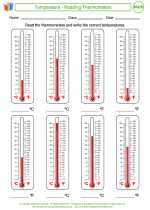
 Worksheet/Answer key
Worksheet/Answer key
 Worksheet/Answer key
Worksheet/Answer key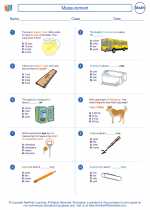
 Worksheet/Answer key
Worksheet/Answer key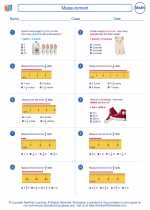
 Worksheet/Answer key
Worksheet/Answer key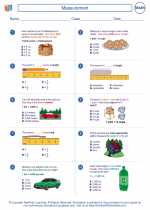
 Worksheet/Answer key
Worksheet/Answer key
 Worksheet/Answer key
Worksheet/Answer key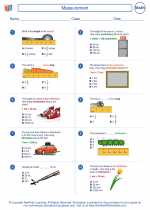
 Worksheet/Answer key
Worksheet/Answer key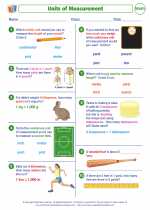
 Worksheet/Answer key
Worksheet/Answer key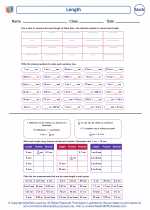
 Worksheet/Answer key
Worksheet/Answer key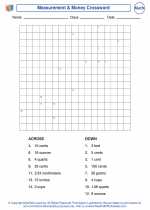
 Worksheet/Answer key
Worksheet/Answer key
 Vocabulary/Answer key
Vocabulary/Answer key
 Vocabulary/Answer key
Vocabulary/Answer key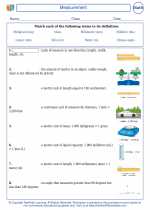
 Vocabulary/Answer key
Vocabulary/Answer key